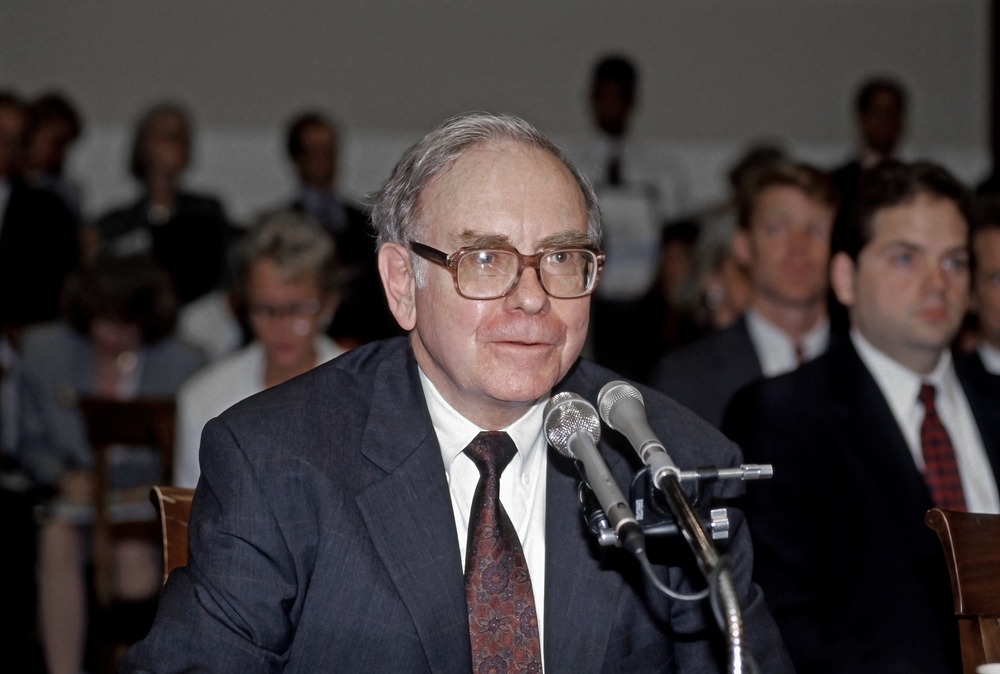In my last column, I argued that three policies – implemented by most governments worldwide – are primarily responsible for the high inflation we’ve experienced over the last year and a half.
Those policies include economic lockdowns, massive fiscal stimulus and maintaining ultra-low interest rates, even after inflation was running hot.
To combat the highest inflation in 41 years, central banks finally began raising interest rates this year.
And at the fastest clip in more than three decades.
That has unnerved investors who fear that the Fed will push us into a recession.
But as I noted in Monday’s column, these fears are already reflected in share prices.
That’s why news that U.S. consumer prices rose only 7.7% in October set off a furious rally in stocks last week.
Market pundits are now arguing about whether this signals the bottom or yet another false bottom.
It doesn’t matter which group is right.
We know that high-quality stocks are a lot cheaper than they were at the beginning of the year. And wise investors will take advantage of it.
Consider Warren Buffett, for example.
While others fret and sit on cash, the chairman of Berkshire Hathaway (NYSE: BRK-A) – and greatest investor of our era – is busy putting money to work.
After complaining over the last few years that he couldn’t find anything worth buying – and instead spending tens of billions on share buybacks – Buffett has loosened his purse strings in 2022.
Berkshire bought insurer Alleghany in March for $11.6 billion, its biggest acquisition in six years.
It also bought millions of shares of HP Inc. (NYSE: HPQ), Activision Blizzard (Nasdaq: ATVI), Taiwan Semiconductor (NYSE: TSM), Louisiana-Pacific (NYSE: LPX), Jefferies Financial Group (NYSE: JEF), Paramount Global (Nasdaq: PARA), Celanese (NYSE: CE), RH (NYSE: RH) and Occidental Petroleum (NYSE: OXY).
And the company dramatically ramped up its stake in Chevron (NYSE: CVX), making it one of Berkshire’s four largest investments alongside Apple (Nasdaq: AAPL), American Express (NYSE: AXP) and Bank of America (NYSE: BAC).
Why does this matter?
Over the past 20 years, Berkshire has outperformed the S&P 500 by 110 basis points annually.
(That’s enough to turn $10,000 into $71,041 rather than $58,137.)
In fact, if you’d invested $10,000 in the S&P 500 in 1964 when Warren Buffett took the helm of Berkshire and held it through the end of last year, it would be worth $2,519,417.
But if you’d invested in Berkshire itself instead, that $10,000 would have turned into $366,866,167.
(Berkshire could plunge 99% and Buffett would still have outperformed the S&P 500 over the last half-century.)
Now that’s all-star performance.
Buffett made his reputation as a value buyer, picking up “mispriced businesses” whenever the opportunity arose.
And businesses are most mispriced in a bear market. Like this one.
According to SEC filings, Buffett invested $66 billion in stocks in the first nine months of this year.
Millions of investors around the world dream about earning the kind of returns that he earns.
But to earn returns that high, you’d have to do the kind of things that he’s doing.
As he puts it, “Be fearful when others are greedy and greedy when others are fearful.”
Investors who ignored this advice at the market peak received a haircut.
Now we have the opposite situation. Share prices are cheap and it feels “wrong” to most investors to buy stocks.
But if it was wrong when it felt right, realize that it’s right when it feels wrong.
I know it’s difficult to commit fresh money to stocks when share prices are down, sentiment is negative and the national media is pouring on the gloom and doom.
But that’s the approach that has paid off in every single bear market in U.S. history.
There’s no good reason to believe that this time is different.
Good investing,
Alex
P.S. I have a scheduling conflict this time, but I wanted to tell you about Classical Wisdom’s upcoming luxury cruise around Greece, March 24 to April 7. Bestselling author Donald Robertson will be your host, alongside several other fascinating speakers who will share good times and “ancient wisdom.” For more information, go here.
